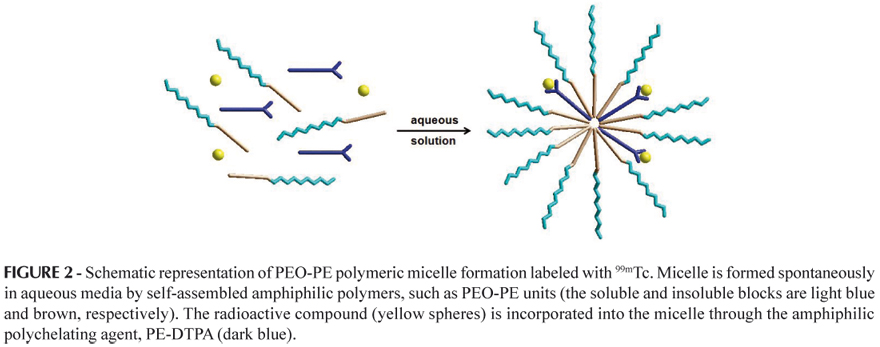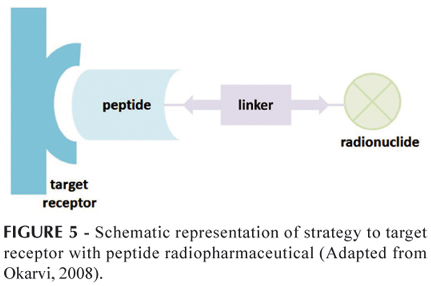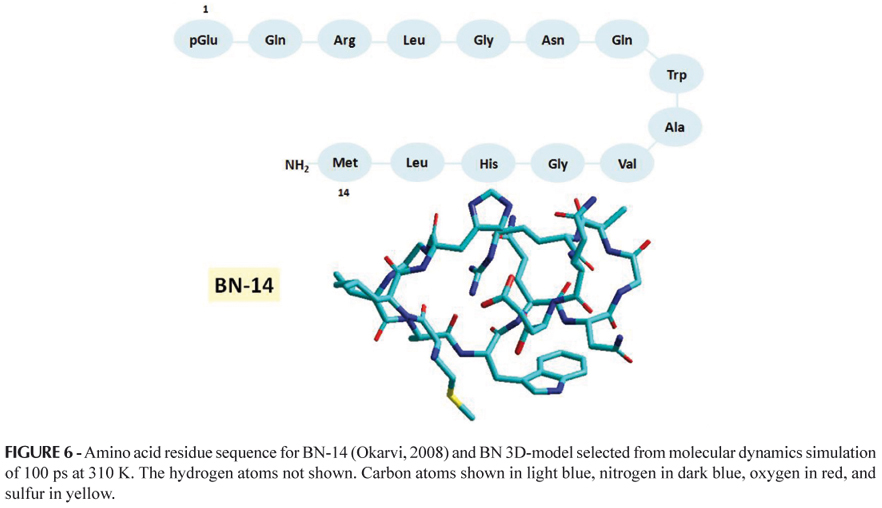Micelles composed of amphiphilic copolymers linked to a radioactive element are used in nuclear medicine predominantly as a diagnostic application. A relevant advantage of polymeric micelles in aqueous solution is their resulting particle size, which can vary from 10 to 100 nm in diameter. In this review, polymeric micelles labeled with radioisotopes including technetium (99mTc) and indium (111In), and their clinical applications for several diagnostic techniques, such as single photon emission computed tomography (SPECT), gamma-scintigraphy, and nuclear magnetic resonance (NMR), were discussed. Also, micelle use primarily for the diagnosis of lymphatic ducts and sentinel lymph nodes received special attention. Notably, the employment of these diagnostic techniques can be considered a significant tool for functionally exploring body systems as well as investigating molecular pathways involved in the disease process. The use of molecular modeling methodologies and computer-aided drug design strategies can also yield valuable information for the rational design and development of novel radiopharmaceuticals.
Radiopharmaceuticals; Polymeric micelles; Radioisotopes; Imaging diagnostic agents; Diagnostic techniques






